Mirak archaeological site is located around Delazian region, 8 kilometers south of Semnan, on the northern edge of the Iranian central desert Dasht-e Kavir. The archaeologists’ findings have mostly attributed this site to Paleolithic and Epipaleolithic periods.
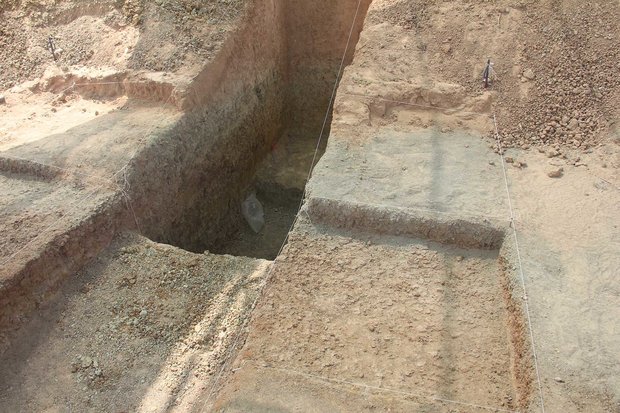 Mirak and Delazian regions which are also known as Mirak and Delazian Hills were first identified and introduced during the archeological studies conducted in 1985. The most noteworthy feature of the two regions is the very wide distribution of over hundreds of thousands stones on the ground surface.
Mirak and Delazian regions which are also known as Mirak and Delazian Hills were first identified and introduced during the archeological studies conducted in 1985. The most noteworthy feature of the two regions is the very wide distribution of over hundreds of thousands stones on the ground surface.
The results of the 2009 excavation indicates Mirak with its wide distribution of hand tools as well as the considerable dimensions of the site, is among the largest Paleolithic open-air sites in Iran or even in the Middle East.
From a chronological point of view, Mirak holds the longest period of settlement in Middle Paleolithic era (about 250,000-40,000 years ago) as well as new Paleolithic era (about 40,000-18,000 years ago). It is also known for carrying evidence which attests to the presence of the Neanderthal man of middle paleolithic, a period dating back to 40 to 50 thousand years ago.
In a paper by Iranian archaeologists Hamid Vahdati-Nasab and Shirin Torkamandi, several evidence are listed which indicate that Mirak dates to the Middle Paleolithic (ca. 250e47 ka BP in the Levant); these clues include flake-based blank production, an abundance of prepared and châpeau de gendarme platforms, a significantly high value for the Levallois index, the presence of tools typical of ‘Mousterian’ technology, and the near-total absence of Upper Paleolithic diagnostics.
Middle Paleolithic sites are usually e associated with Neanderthals; an extinct species of human that was widely distributed in ice-age Europe between circa 120,000 and 35,000 years ago, with a receding forehead and prominent brow ridges.
In July 2015, an Iranian-French archaeological team headed by Hamed Vahdati-Nasab launched a new phase of excavation in the Middle Paleolithic site of Mirak.
Vahdati-Nasab told IRNA correspondent that the excavation aimed at revealing the hidden aspects of the life of the Neanderthals in Iran.
“In Mirak, we sought to find out about the earliest clues to human settlement, and our excavation was unique in many ways, mostly due to the fact that many Paleolithic sites excavated in Iran have been in caves and rock shelters and this is the first time such an operation is conducted on an open-air site,” said Vahdat-Nasabi.
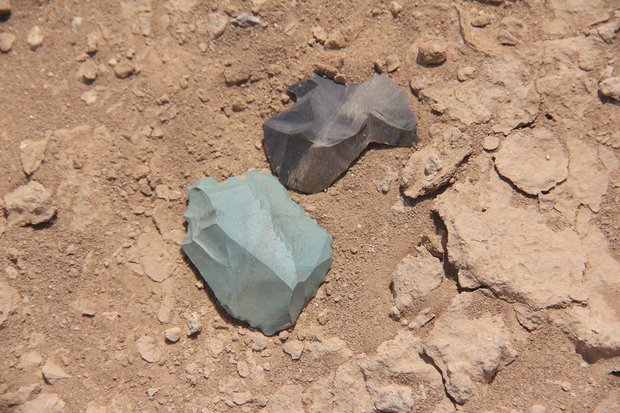
He added that there are many such open-air sites in Iran but have not been excavated yet.
Noting that archaeological excavation missions on open-air sites has its own challenges, he added “one thing that we did during the excavation was to investigate a pit drilled on the top of a hill by unauthorized drillers. For a couple of days, we would climb down the pit and clean the walls until we finally managed to find stone tools and animal bones remains in the depths of three and five meters.”
He further added that the team will be expanding the depth of excavation in the next season of the archeological studies to include the exploration of a two-meter long sediment that has been formed over thousand of decades.
“We would like to find out if the Neanderthal man’s tools and lifestyle have gone through any fundamental change in the course of several thousand years or not,” he said.
Vahdati-Nasbai also maintained that after obtaining the results, the life of the Neanderthal man in Mirak archaeological site will be recreated as an animation.




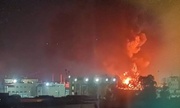


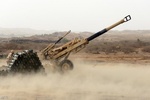



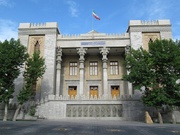








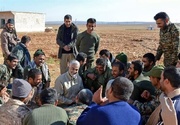
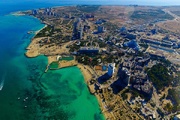
Your Comment